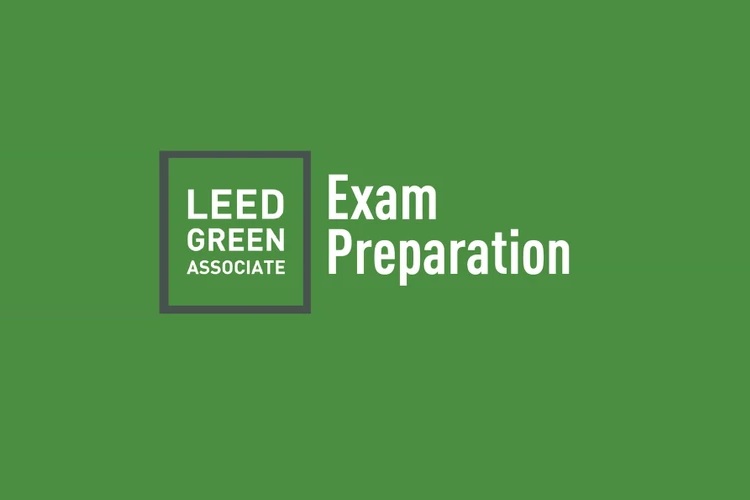We are almost going towards the finish of 2019 and will be ready to welcome 2020. However, we are nowhere near to effectively tackling weather change and restricting our carbon emissions. This got resulted in every sane person with some love for the earth – from Prince Charles to the Secretary-General of the US António Guterres – to mention 2020 as a make-or-break yr for climate plan.
Now if we think of carbon emissions and polluting of the environment, the first image that involves brain is of traffic congested highways and vehicular emissions. However, structures actually have an increased environmental footprint than the transportation sector, though it is less apparent.
In reality, structures account for almost 40% of the global greenhouse gas emissions. Around two-thirds of the building area throughout the world that is present today, will remain in 2050. A substantial increase in the pace of existing building energy efficiency renovations and a much higher dependence on alternative energy must meet emissions decrease targets arranged by the Paris Contract.
Therefore, it is abundantly clear that there may be no regulatory means to fix climate change that will not include dramatic reductions in building emissions and energy usage. Now as the demand for lasting building practices expands, so does the necessity for LEED specialists.
Today, opting to become LEED professional is a long-term investment not only in yourself, but also in the fitness of our shared globe plus your broader community. Learning to be a LEED Green Associate is the first rung on the ladder to become a LEED Accredited Professional.
Exactly what is a LEED Green Associate Credential?
The LEED Green Associate credential designates people who have a noted, up-to-date knowledge of the most up to date green building concepts and practices.
LEED Green Associate is the introductory-level credential under the Management in Energy & Environmental Design (LEED) program, and it is granted by the U. S. Green Building Council after moving the credentialing exam. This credential shows a general knowledge of all the LEED ranking systems and related green design strategies.
Additionally it is the first rung on the ladder before making advanced credentials like the LEED AP with niche.
LEED Green Associate Exam
The main element to making a LEED Green Associate credential is an intensive knowledge of green building methods and LEED. The LEED Green Associate is a closed-book exam. You have 2-hours to consider 100 multiple-choice questions. You might visit a few go with two or choose three questions, but the majority are multiple choice. You are examined over LEED v4 and everything the LEED v4 Ranking Systems.
One of the better ways to ace the LEED Green Associate Exam has been GBRI’s best-in-class all inclusive exam prep. GBRI, or the Green Building Research Institute is a happy USGBC Education Partner and one of the best resources for affordable LEED exam prep and trained in the world.
With GBRI’s research materials, you can generate your LEED Green Associate credential in less than 5 weeks. Predicated on your schedule, go to the 4 week instructor-led live exam prep classes OR utilize self-paced online on-demand exam prep modules.
Ideas to help you complete the LEED Green Associate Exam in 2020:
Listed here are a few tips that will show you about how to move the LEED Green Associate Exam in 2020-
- A lot of the questions in the LEED Green Associate exam involve applied and critical thinking, so that it is really important to truly have a thorough knowledge of concepts rather than just memorizing.
- Browse the exam paper carefully, and then read it again. Furthermore, check and recheck all of your answers. Utilize the ‘Tag’ button to flag questions you don’t feel sure about. Because you get 2 hours to complete 100 questions, you can always get back to the ‘proclaimed’ questions after you’re finished with the rest.
- Also, usually the LEED Green Associate exam will attempt to key you by sneaking within an important phrase like “not” or “isn’t”. Read each question carefully which means you don’t misunderstand them.
- It is certainly smart to have a look at the Green Associate handbook on the GBCI website. The handbook will let you know important information in what is protected in the exam, as well as test taking insurance policies. And, of course, you have the GBRI to help you with the analysis materials.
- You can’t ever take enough practice lab tests. Take plenty of them (and more! ) to make sure you have a good notion of the real test content. Plus they also educate you on to decelerate and read a lot more carefully.
- It is vital to memorize all amounts related to Minimum amount Program Requirements (MPRs).
- You ought to have in-depth understanding of the four ASHRAE specifications found in LEED- ASHRAE 90. 1 – Energy
- ASHRAE 55 – Thermal Comfort
- ASHRAE 52. 2 – Air Filters
- ASHRAE 62. 1 – Ventilation
- When you are feeling there is several right response to a specific multiple choice question, just go with the ‘best’ answer. For instance, implementing an idea that reduces carbon emissions will be a much better answer than the one which promotes the neighborhood economy or will save water.
- Know the difference between a task that is LEED Accredited and a LEED accredited project. By using a capital “C” in Accredited, it identifies a task that has fulfilled all MPRs, Prerequisites, and has gained between 40-49 LEED credits. Using the lowercase “c” in accredited means a task could have gained any qualification level (Accredited, Silver, Yellow metal, or Platinum).
10. Before you begin the two-hour exam, you get 10 minutes to become acquainted with the testing settings plus a scrap paper and a pen. Take those valuable 10 minutes to remember all the principles /numbers you’ve memorized. Write down the ones you come to mind about getting baffled on throughout your exam.






